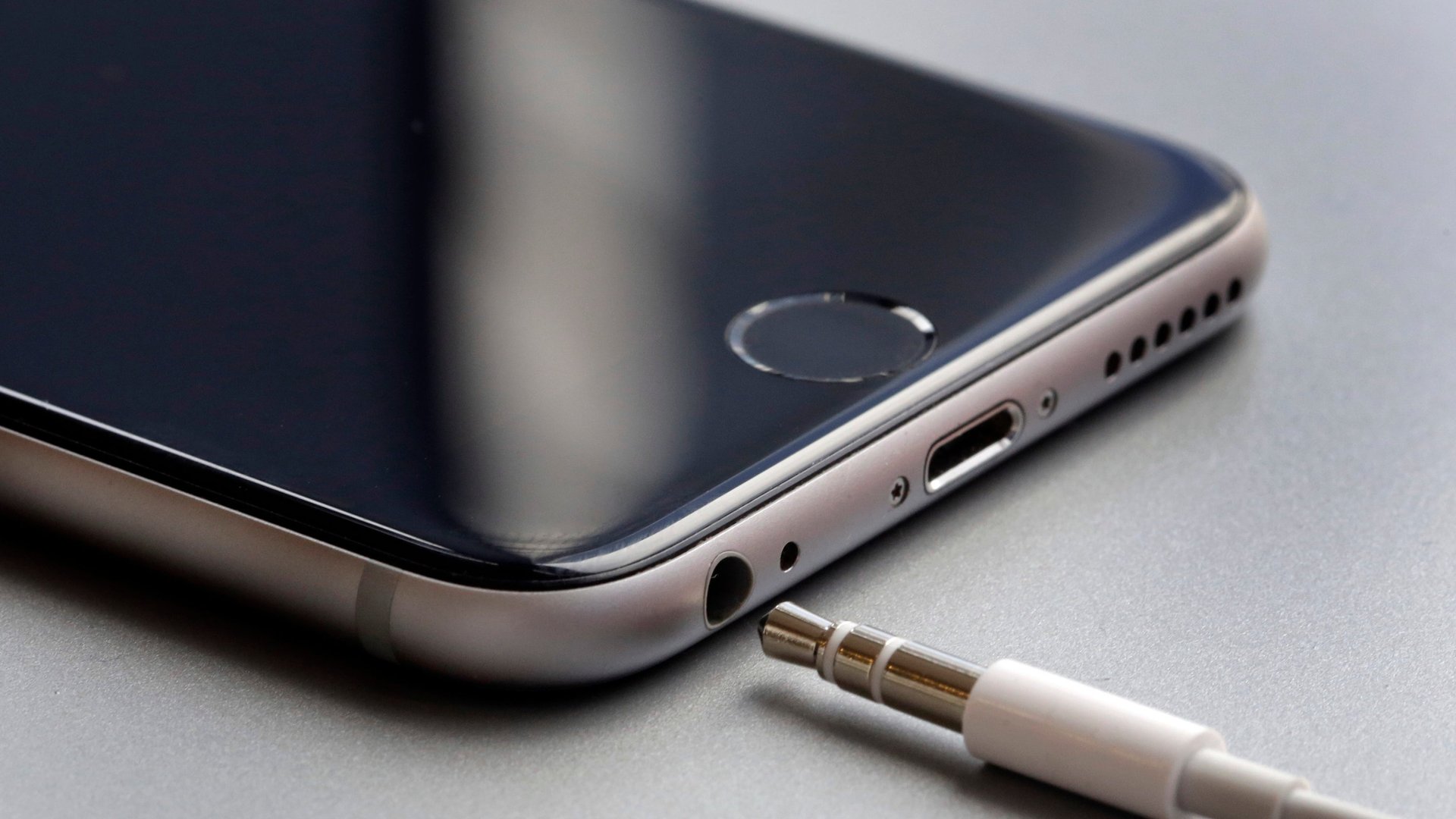Your new iPhone 7 headphones will break all the time because of Apple’s obsession with minimalism
Deep within Apple’s labyrinthine website, beyond its beloved laptops, phones, and tablets, is a class of items that are universally reviled. The company’s lightning cords were introduced four years ago to immediate disapproval that has never waned. On Reddit, Tumblr and, uh, Apple.com, people register the same central complaints. The cords don’t work. They break. They’re expensive and tedious to replace. The 1-meter version has a cumulative rating of 1.5 stars out of 5 on Apple’s website. And now they’re about to get even more inescapable.


Deep within Apple’s labyrinthine website, beyond its beloved laptops, phones, and tablets, is a class of items that are universally reviled. The company’s lightning cords were introduced four years ago to immediate disapproval that has never waned. On Reddit, Tumblr and, uh, Apple.com, people register the same central complaints. The cords don’t work. They break. They’re expensive and tedious to replace. The 1-meter version has a cumulative rating of 1.5 stars out of 5 on Apple’s website. And now they’re about to get even more inescapable.
According to Silicon Valley’s most intrepid media spies, today (Sept. 7) Apple chief Tim Cook will proudly unveil a new generation of the iPhone with one big change: No more headphone jacks. Forevermore, or at least until the next cash grab for auxiliary equipment, the iPhone’s lightning port will serve every function—battery charging, data transmission and audio output.
The response to this news is best summarized by one Apple reviewer’s primal scream:

Simply put, people expect better from a brand renowned for well-designed, durable, trouble-free products. So what gives? Why are Apple’s lightning cords so damn bad?
The fragility of the lightning cords, according to Zac Hall, a Mac expert and writer at 9to5Mac, begins with their endings. That is, the joint where the cord goes into the part that you plug into a device is extremely susceptible to being bent or tugged at. The proper way to put the cords in and out of a device is to grip the thick plastic part. If you don’t do it exactly this way and treat it like the back of a newborn baby’s head, you’ll screw it up.
The smug Apple aficionado would argue that the problem is us. We’re too rough with the cords, bending them so that we can charge our devices while binging on Netflix. The hordes of Apple users posting disappointed reviews online, the writers for BuzzFeed and Huffington Post and even 9to5Mac who have spewed their outrage over the years? All too stupid or clumsy to live.
Apple’s product instructions, incidentally, do not make any reference or recommendation for where to grip when putting the cable in or taking it out. It does indicate that “certain usage patterns can contribute to the fraying or breaking of cables” and urges customers to not bend it “in the same spot.” According to the manual, we should “aim for gentle curves instead of angles in the cable.” But Hall, along with many Apple users, think that such precious handling of the device is unrealistic and incompatible with the everyday ways in which we use and transport our iPhones.
Two years ago, Hall wrote a piece calling on Cupertino to do something about how shoddy the cords are. He noted mirthfully that, in 2012, Apple senior vice president Phil Schiller extolled the lightning cord for its “improved durability” over its predecessor charger, the 30-pin power cord.
But in reality, Apple went to the lightning port—and is now excising the headphone jack—to reclaim space along the edges of the iPhone for better speakers, according to Hall. Apple could still fortify the neck of the cord to make it more resistant to natural wear and tear. But to do so would impinge upon one of Apple’s top design imperatives: Minimalist design.
“The ultimate answer is to get rid of cables in general, to go to wireless charging,” Hall says. “That probably will happen before Apple creates a sturdy lightning cord.”
Geoffrey Stormzand, who spent three years managing the in-office technology for none other than Steve Jobs in Cupertino, admits that he scolds his wife over how many cords she goes through. But he also concedes it shouldn’t be so challenging for normal people using the devices in normal ways to keep them working.
“I wonder if the reason Apple doesn’t see the problems with the cables is because they treat them with the respect they deserve and don’t consider the cables to something they need to test,” says Stormzand, now an Apple technology consultant in Las Vegas. “There’s a number of things you look at and say, ‘Steve would’ve raised hell about this.’ This might be one.”
That said, Stormzand questions whether the ratings on Apple.com are as great a barometer of customer satisfaction as they seem. How many people, he posited, would go to the site to write in praise of something as lowly as a power cord?
He may have a point. But then how would one explain the desire of Apple fans to go online to shower praise on, say, a $149 saddle-brown classic-buckle watchband, a $99.95 Logi BASE iPad Pro charging stand or a $49.95 SteelSeries Nimbus wireless gaming controller?
Whatever Apple’s reasons for making such a fragile product, Hall says that the company should brace itself for even more vitriol with the introduction of the lightning-jack headphones. (Unless, of course, Apple surprises us and defies the laws of physics to create a durable cord that also meets its design principles.) We tend to perform rigorous activities while using headphones, which means that the lightning cords are likely to come up against even more stress.
“If you’re going to be plugging a lightning connector all throughout the day and when you’re going for a jog, that’s gotta be real durable,” Hall says. “Unless, I guess, Apple thinks we’re going to be perfectly still while we listen to things, too?”